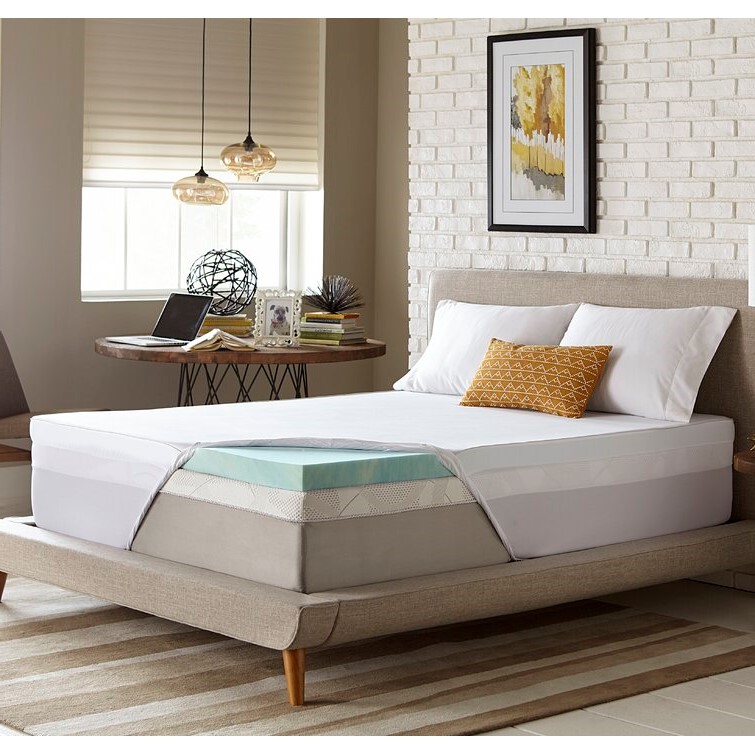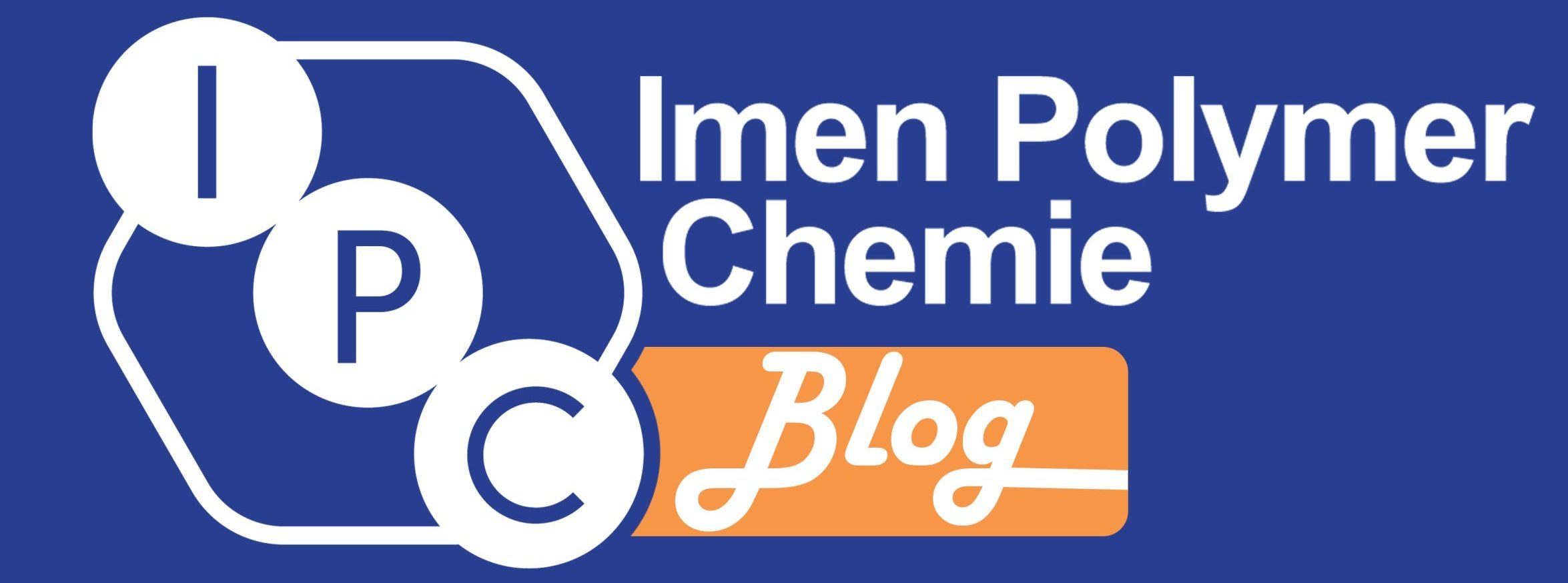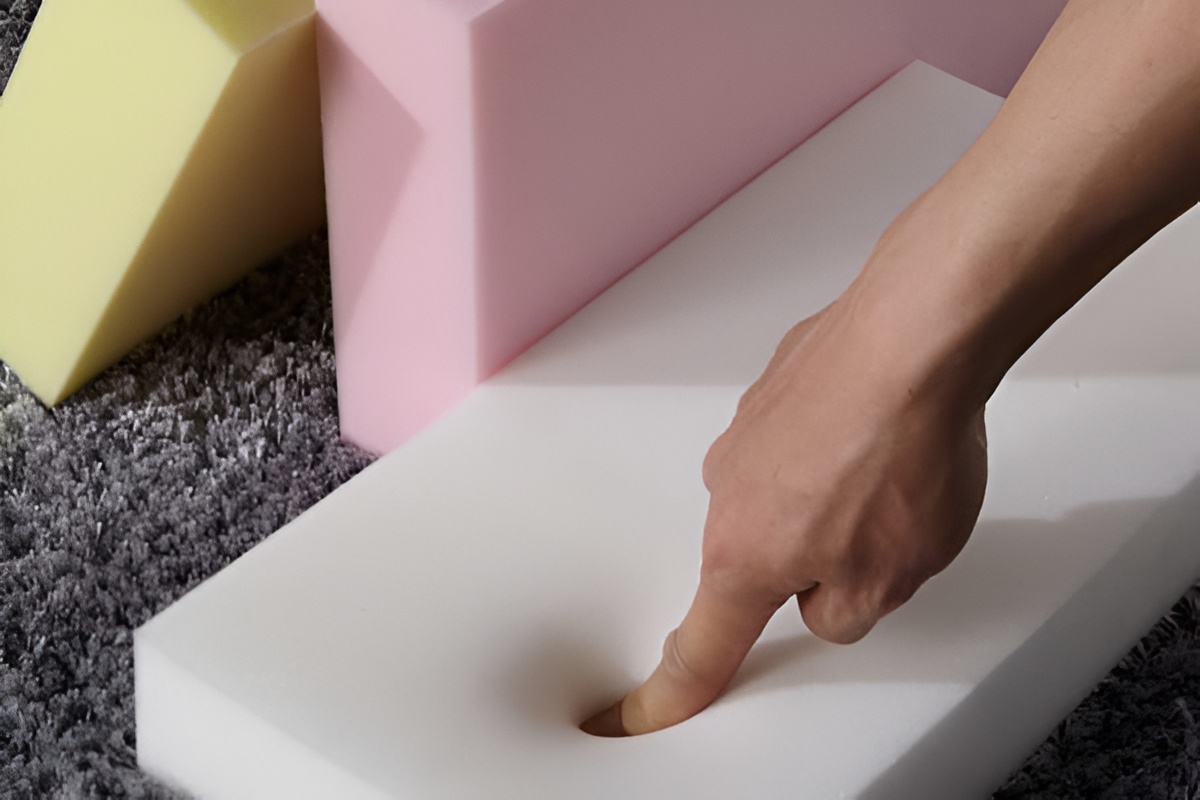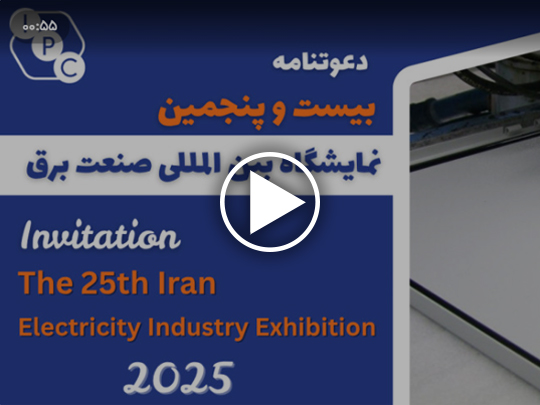Table of contents
Memory foam is also known as viscoelastic foam. When you break this work apart, it comes from viscous + elastic. According to this naming, the foam has the properties of viscous and elastic materials at the same time. The mentioned property makes the foam to be able to closely contour to shapes.
Viscoelastic foam’s unique physical characteristics have led to its usage in different fields. The foam has gained a lot of popularity in the bedding and medical industries. Due to its conforming aspect, viscoelastic material makes for a comfortable yet supportive mattress or mattress pad, and its low resilience works well in bed pillows.
Viscoelastic foam is typified by its slow recovery after compression. When a weighted object (for example, the human body) is positioned on viscoelastic foam, the foam progressively conforms to the shape of the object, and after the weight is removed, the foam slowly reassumes its initial shape. Due to this gradual recovery, viscoelastic foam also can be described as “slow recovery” foam.
Memory foam (also known as temper foam) was first commercialized during the mid-60’s as a result of NASA’s Research program. This open-cell variety of flexible polyurethane foam is distinguished by properties allowing it to redistribute the applied compression force and its slow recovery after compression.
Other characteristics include viscoelastic foam’s ability to dampen vibration as well as absorb shock. This latter performance characteristic is confirmed in the laboratory using ball rebound tests. Ball rebound of less than 20% (compared to 50% – 60% with other varieties of flexible polyurethane foam) supports the description of viscoelastic polyurethane foam as “dead” or “low-resilience” foam, in that it lacks the surface “springiness” of other flexible polyurethane foam products. In fact, certain viscoelastic foam products claim to absorb up to 90% of impact (the foam shows great ability to dampen vibration as well as absorb shock). Aside from bedding and medical purposes, viscoelastic material can be used in standard household furniture (stationary or motion), office furniture, and in vehicle seating applications.

Physical properties of memory foam
Foam density
Density enhances durability and the ability of viscoelastic foam to maintain its physical performance. Viscoelastic foam found in most household and healthcare product applications typically ranges in density from 2 to 6 pounds per cubic foot. In other words, a higher foam density, an increased foam durability. In general, higher density memory foam is more durable and of better quality.
Foam firmness
Normally, firmness of viscoelastic foams can range from super soft to semi-rigid. The potential for surface pressure reduction is affected by foam firmness and recovery speed and desired firmness is achieved through custom formulation. Firmness of viscoelastic products can be significantly affected by some of the foam’s key characteristics. As mentioned before, memory foam returns relatively slowly to its original shape when force is removed–on average, around 5-10 seconds. During this recovery period, energy from the impact is absorbed and dissipated.
Cellular structure
The foam’s permanent touch feeling and recovery times are proportional to the size of its cells. On the other hand, the foam is open-cell and the cell size has a direct effect on the recovery time, as air flows more easily; it means that the smaller the cell size (the more packing), the slower the recovery rate. Also, the foam’s ability to closely contour to shapes (conform to the shape of the human body) allows surface pressure to be distributed over a wide area. In other words, when products made with viscoelastic foams compared to those of conventional foams, the pressure differences are notable.
Memory foam can be significantly affected by the following factors:
Viscoelastic products can be significantly affected by some of the foam’s key characteristics: rate sensitivity (the foam’s rate of recovery after compression), and sensitivity to temperature. Conditioning the foam sample prior to testing is extremely important.
Sensitivity to temperature
The physical properties of viscoelastic foam can be greatly influenced by temperature. Even slight changes in room temperature can affect measured firmness and recovery rates. Recovery rate has been positively correlated to heat, so that as the foam increases in temperature, pliability and compression and recovery rates increase. In colder conditions, viscoelastic products tend to become firmer or even stiff.
Rate sensitivity
Viscoelastic foam rate sensitivity, observed as the speed that a foam sample recovers after compression, affects the way firmness (IFD) can be determined in laboratory tests. In other words, if the indentation plate used in the test descends quickly, the foam may respond with stiffness.
Memory Foam vs. Polyurethane Foam vs. Latex Foam Mattresses
Polyurethane foam, memory foam and latex foam are the three most common types of foam used in mattresses. Latex foam was very commonly used in mattresses prior to the introduction of polyurethane foam in the 1950’s.

Latex Foam
Latex foam is a foam produced by vulcanizing liquid latex into a solid foam. The vulcanization process cross links latex particles with sulfur through the application of heat and accelerators such as zinc oxide. All of the latex foam contains only natural latex and never contains any synthetic latex. The foam maintains constant support and does not get softer when warmer.
Polyurethane Foam
Polyurethane Foam (also known as poly-foam) is the least expensive foam used in mattresses. Polyurethane foam is made up primarily of compounds derived from petrochemicals. Many mattress manufacturers use polyurethane foam as the top layer of spring mattresses. Polyurethane foam can be compressed very easily due to its low density. This allows retailers to save on shipping cost.
There are several different varieties and densities of polyurethane foam. However, it has to be noted that even high density polyurethane foam is less dense than latex foam or memory foam. Polyurethane foam tends to collapse much quicker when pressure is applied.
Memory Foam
Memory foam is usually denser and more expensive than regular polyurethane foam. Unlike latex foam, which responds instantly and provides constant support, memory foam responds slowly and sinks further the longer that pressure is applied to it.
The main difference between polyurethane foam and memory foam is that memory foam contains additional chemicals which increase its density and viscosity. So, they are chemically related, but feel vastly different to each other. Polyurethane foam is a lot more ‘bouncy’ or springy than memory foam. In other words, although these foams have similar structures, but they exhibit different physical and mechanical properties.






